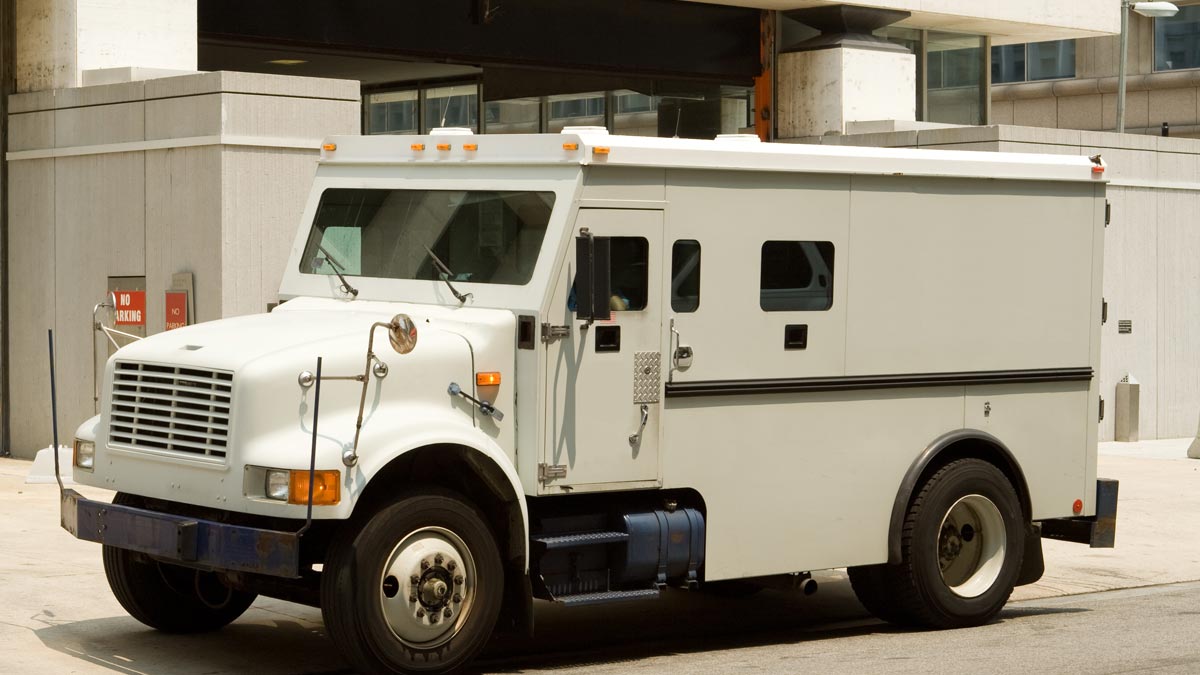Stories
Bringing ‘Cash Visibility’ to money movement from armored carriers to customers

How U.S. Bank is helping lead an industry-wide initiative to bring visibility to the cash supply chain
With the ever-growing popularity of digital money movement products like Zelle and real-time payments, you might think the use of cash in the U.S. economy is dead. But Bonnie Tangen will be one of the first to tell you, that’s not the case.
“Cash is still king in my world,” said Tangen, senior vice president and Operations Group Manager within Transaction Processing and Shared Services at U.S. Bank.
The banking veteran manages the bank’s internal cash vaults, overseeing more than a million customer transactions each month for retail and institutional customers.
And every time, the exchange of assets - with some of the country’s largest and most sophisticated companies - is completed manually via handwritten paper exchanges.
The process is time consuming and inefficient. It also leaves both sides of the transaction in the dark after the exchange, Tangen said.
“Let’s say a customer calls U.S. Bank and requests 20s to put in their ATM. We put that together, debit their account and give it to an armored carrier,” explained Tangen. “The customer knows nothing about where that money is until it arrives. And if there were an issue or it’s delayed, it takes the customer time to figure out when they were debited and when they receive the cash. It could be 25 to 30 days until they can reconcile their accounts.”
It’s a pain point that is not unique to U.S. Bank and one the Federal Reserve Banks are trying to resolve industry-wide with Cash Visibility - a “multi-year, multi-phase joint industry initiative” that utilizes supply chain logistics, including state-of-the-art fulfillment technology common with other industries to “track and share data about cash packages as they move between cash supply chain organizations.”
Leading the way
In what’s expected to be a long runway to industry-wide adoption, U.S. Bank is helping lead the development of the data standards and best practices for the effort. Tangen co-chairs the Cash Advisory Council’s Cash Visibility Subcommittee, with representation from major U.S. financial institutions, armored carriers, and Federal Reserve FedCash® Services. While some financial institutions, including U.S. Bank, have piloted digital cash movement with Federal Reserve Banks via the FedCash E-Manifest Service, she says U.S. Bank is the first bank to complete the digital movement of cash between an armored carrier and customers that have cash-intensive businesses – like grocery stores and gas stations to large, big box stores and concert venues.
A cash vault exchange that previously took an hour and a half can now take 25 minutes, resulting in a more secure and safe transfer.
The bank is currently piloting the process in the Chicago region with Davis Bancorp, a secure armored transportation company it shares retail customers with as a wholesale cash processor in the area.
Together, using the Cash Visibility framework, they worked for 18 months to digitize all data for retail customer deposit deliveries and replace all paper processing at their mutual dock exchanges in 2023. In January of this year, they began the digital exchange of about 1,000 customer deposits a day in Chicago. As a result, the armored carrier (in this case, Davis Bancorp) can provide advanced notice of the incoming delivery details via a special process developed by the Federal Reserve and sent using secure file transfer protocol.
The benefits of going digital
Tangen and Davis Bancorp both say the business case for implementing the Cash Visibility framework and adopting the FedCash E-Manifest Service are numerous for all partners in the cash supply chain.
Visibility is the most obvious. But what exactly does that mean? For retail customers and financial institutions, with every asset of cash assigned a unique bar code identifier, the sender and receiver can track where the cash is at in all points of the supply chain, allowing banks to make decisions that help customers if a delay arises.
They also have seen significant efficiency created for all parties involved during the pilot. A cash vault exchange that previously took an hour and a half can now take 25 minutes, resulting in a more secure and safe transfer.
“Thanks to the bar code system, we’ve been able to substantially reduce the error rates that are more prevalent with manual processes,” said Tangen. “By providing real time proof of delivery, we have also dramatically reduced transaction reconciliation times and no one is lingering at the cash vault docks or at the doors of our business customers.”
A call to action
Tangen and Davis Bancorp are both hopeful that sharing the benefits realized from the pilot so far will encourage other financial institutions and armored carriers to also begin the work to adopt the Cash Visibility framework.
“This effort will bolster and secure the U.S. cash supply chain, and simultaneously resolve some of the most challenging aspects of cash management faced by shared retail clients,” said J.R. Davis, president of Davis Bancorp.
Tangen says retail customers are eager to have a digital process but for the program to scale, all parties need to transition to the digital file transfers and use the same data standards, which are currently in process.
“Eventually this will lead to products and services that we can provide to our customers, but in order to do so there must be industry-wide adoption.”
Tags:
Media center
Press contact information, latest news and more
Learn more
Company facts, history, leadership and more
Work for U.S. Bank
Explore job opportunities based on your skills and location
